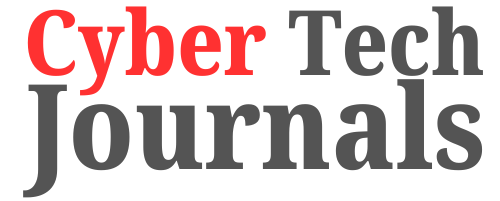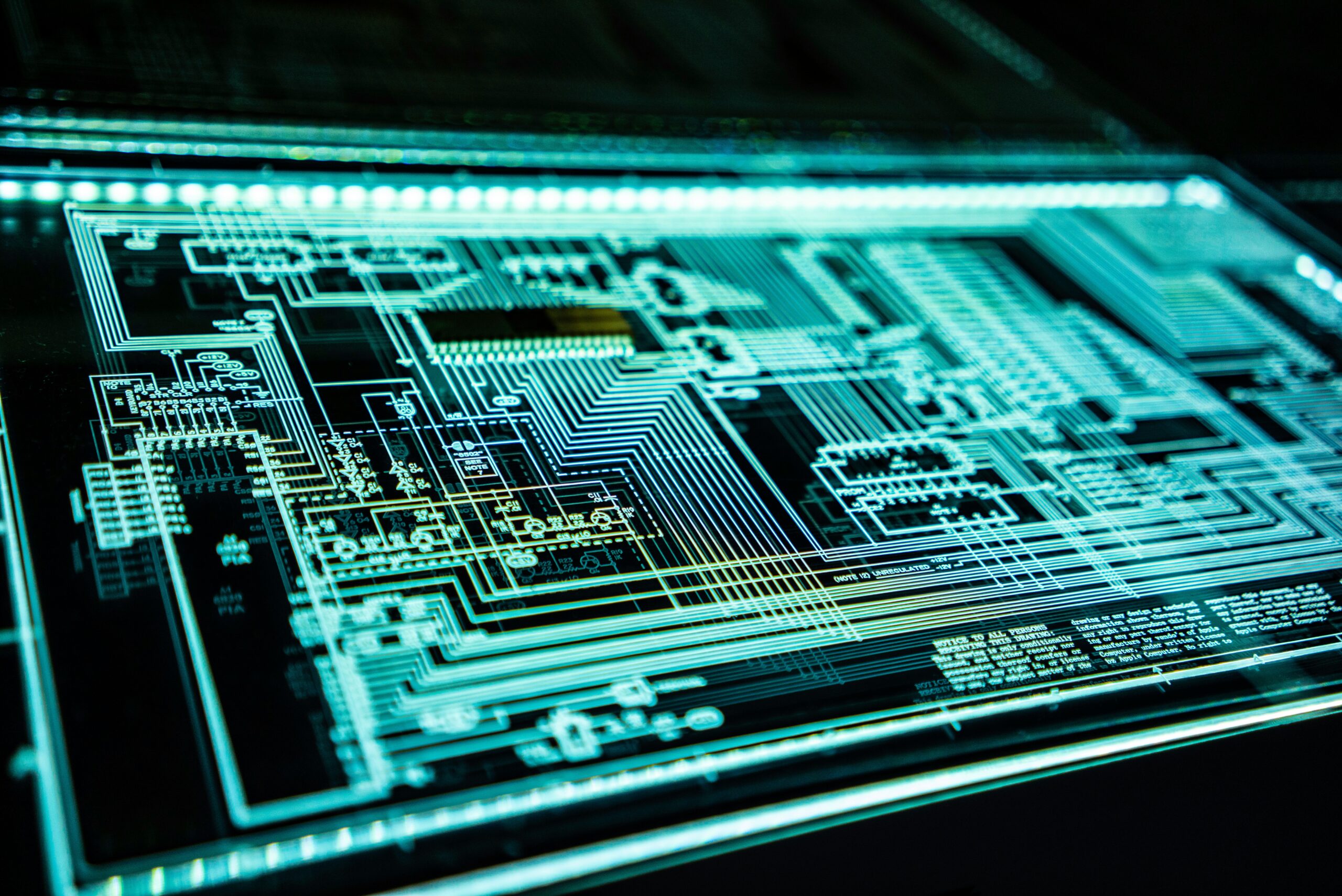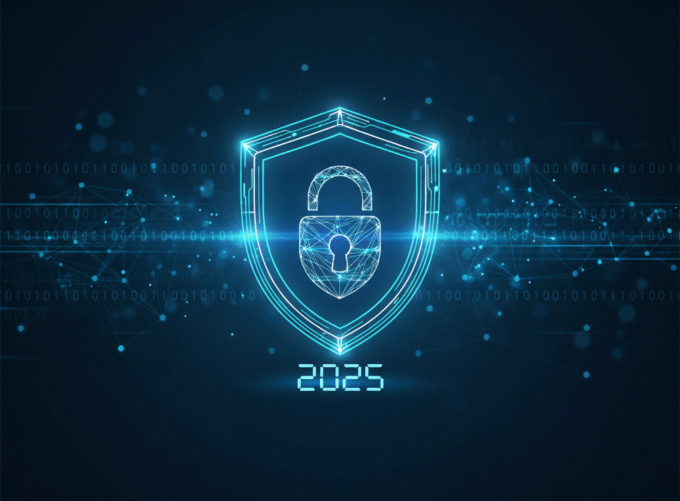As organizations strive for stronger authentication, Biometric Security & Privacy has emerged as a cornerstone of digital trust. From facial recognition to fingerprint scanning, biometric systems offer high assurance of identity — but they also raise significant privacy and ethical concerns.
This article explores what biometric security entails, its core technologies, privacy challenges, legal frameworks, and best practices to achieve a secure and responsible implementation.
What Is Biometric Security?
Biometric security refers to systems that authenticate or identify individuals based on unique biological or behavioral traits. Unlike passwords or ID cards, biometrics are intrinsic to the user, making them difficult to replicate or steal.
Common Biometric Modalities:
| Biometric Type | Description | Common Use Cases |
|---|---|---|
| Fingerprint | Pattern of ridges on the fingertip | Smartphones, access control |
| Facial Recognition | Geometric mapping of facial features | Airports, surveillance, smartphones |
| Iris Scanning | Unique pattern in the colored part of eye | High-security zones |
| Voice Recognition | Vocal characteristics and tone analysis | Phone banking, digital assistants |
| Gait Analysis | Walking pattern | Surveillance and behavioral analysis |
Why Biometrics Are So Powerful
Biometric systems offer several security and user experience advantages:
Benefits:
- Non-repudiation: Users cannot easily deny biometric access.
- Convenience: No need to remember passwords.
- Frictionless Authentication: Ideal for mobile and IoT devices.
- Scalability: Useful for large-scale identity programs (e.g., India’s Aadhaar, U.S. TSA PreCheck).
Privacy and Security Concerns
Biometrics offer permanence — but that’s also their greatest risk. Unlike passwords, you can’t change your fingerprint or iris once compromised.
Key Risks:
- Biometric Data Breaches
- Example: The U.S. Office of Personnel Management breach (2015) exposed 5.6 million fingerprints.
- Function Creep
- Using data beyond its original purpose (e.g., facial recognition for law enforcement without user consent).
- Bias and Inaccuracy
- Some algorithms show reduced accuracy across ethnicities and genders, raising fairness and discrimination concerns.
- Centralized Storage Vulnerability
- Storing biometric templates in central databases creates single points of failure.
➡️ Related Resource: Biometric Data Protection Best Practices – European Data Protection Board (EDPB)
Legal and Regulatory Landscape
Biometric data is increasingly considered sensitive personal information under global laws.
Notable Regulations:
- GDPR (EU)
Defines biometric data as sensitive and mandates explicit consent. - BIPA (Illinois, USA)
Requires informed consent, data retention limits, and allows private lawsuits. - CCPA/CPRA (California, USA)
Includes biometric data under personal information, allowing consumers to opt out of sale.
Violating biometric laws can result in hefty fines, legal suits, and reputational damage.
➡️ Example: TikTok paid $92 million in a BIPA settlement over facial data.
Best Practices for Secure Biometric Implementation
To implement biometrics securely while protecting privacy, organizations must adopt a “Privacy by Design” approach.
1. Use On-Device Storage When Possible
Storing biometric data locally — within a device’s secure enclave (like Apple’s Secure Enclave or Android’s Trusted Execution Environment) — ensures that the data never leaves the device. This minimizes exposure to external threats, reduces dependence on network security, and protects against large-scale breaches often associated with centralized databases.
2. Store Templates, Not Raw Data
Instead of saving raw biometric images (like full fingerprint scans or facial images), systems should convert them into encrypted mathematical templates. These templates are irreversible, meaning even if compromised, they cannot be used to recreate the original biometric input, thus preserving user privacy and security.
3. Apply Liveness Detection
Biometric systems must include liveness detection to verify that the input comes from a real, live person and not a spoof (e.g., photo, video replay, or deepfake). Techniques such as eye-blink detection, facial micro-expressions, or pulse recognition prevent attackers from tricking the system using fake identities.
4. Gain Informed Consent
Users must be clearly informed about what biometric data is being collected, why it’s needed, how it will be used, and for how long. Consent should be voluntary, specific, and documented — ensuring transparency and regulatory compliance (especially with GDPR and BIPA).
5. Set Retention and Deletion Policies
Organizations should define strict data retention schedules and delete biometric data as soon as it is no longer necessary for its intended purpose. Automatic deletion policies reduce long-term risk and help comply with data minimization principles outlined in global privacy regulations.
➡️ Related Resource: NIST Digital Identity Guidelines – NIST SP 800-63-3
The Future of Biometrics: Trends to Watch
1. Multimodal Biometrics
Combining multiple identifiers (e.g., face + voice) improves accuracy and security.
2. Decentralized Identity (DID)
Blockchain-based self-sovereign identities could allow users to store and control their own biometric credentials.
3. AI-Powered Adaptive Authentication
Machine learning can analyze user behavior over time to detect anomalies and reduce false positives.
4. Biometrics in Metaverse & AR
As digital avatars and spatial computing evolve, expect new biometric uses like facial emotion tracking and eye movement mapping.
Final Thoughts: Biometrics Must Balance Innovation with Ethics
While biometrics can greatly enhance authentication and access control, they must be handled with care, transparency, and oversight. Organizations must view biometrics not just as a security mechanism, but as a digital extension of a person’s identity — worthy of respect and rigorous protection.

















Leave a comment